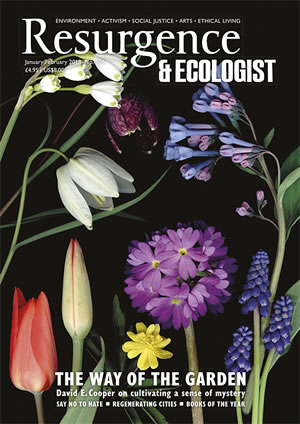Parasite – just the word can make you feel itchy and disgusted. Go on: think of nits and now try not to scratch your head. It’s impossible. As a parent and pet owner, I spend an undue amount of time fretting about parasites: could that be head lice? Have I wormed the cats? What are the symptoms of threadworm?
A parasite is any organism that uses another organism, its ‘host’ (which makes it sound like a polite arrangement), for nutrients. The adventurer and broadcaster Steve Backshall was once asked on Radio 4 what the most dangerous creature in the world is. He replied: “If you exclude humans, it is parasites.”
Backshall was referring mainly to the impact of the mosquito, which spreads a dangerous parasite that causes malaria. Mosquito-borne diseases exact a chilling death toll of over a million every year. That’s far, far more than ‘scary’ sharks or crocodiles.
So parasites can threaten our lives, but they also have the reputation of being both selfish (all take, take, take) and stupid (they kill the creature or plant on which they depend). ‘Parasite’ has even become a term of disdain for those supposedly ‘living off the state’, relying on benefits due to joblessness or disability.
Nits, worms and malarial parasites are all clearly bad news for humans, but are parasites always the enemy?
As a naturalist, I have been educated to welcome a diversity of creatures and plants. That’s how biodiversity works, with a healthy balance of species keeping each other in check.
When there aren’t enough parasites, it can go wrong. Alien, or non-native, species often have fewer parasites than native wildlife. If they have left their predators and energy-sapping parasites behind, then nothing restricts their population growth. Even their body size will grow bigger than average, and our native species just can’t compete. A good example of this is the invasive harlequin ladybird, which shrugs off the parasites that beset the UK’s seven-spotters.
So parasites help keep populations in balance. Not only that, but some are rather lovely, too.
I’m standing in an old apple orchard, looking up at frosted branches and a massive clump of mistletoe, glistening in the morning sun. The white berries look almost translucent against the green, curved leaves. This Christmas favourite is parasitic to trees, with its root-like structures that burrow into the bark and take water and nutrients. It will often reduce the size of the host tree, and can eventually kill it.
However, it has become known as a ‘keystone species’. That means it is a disproportionately important part of the ecosystem. Take mistletoe away, and it is not only the creatures that benefit directly from it (like the mistle thrush) that suffer, but also many more, such as other birds, insects and fungi. A study published by the Proceedings of the Royal Society B reported that in woodlands where the mistletoe was removed, 20% of species richness and a quarter of woodland birds were lost.
So one parasite is propping up a whole community of life – maybe not so selfish after all.
Parasites can be scary and horrific, but they can also be valuable and necessary – a normal part of natural life. Even so, I’m hoping to stay away from the head lice, and just catch kisses under the mistletoe this festive season.








